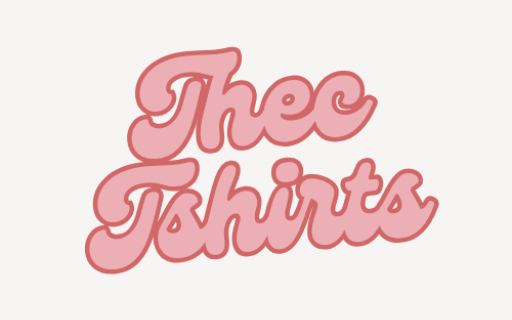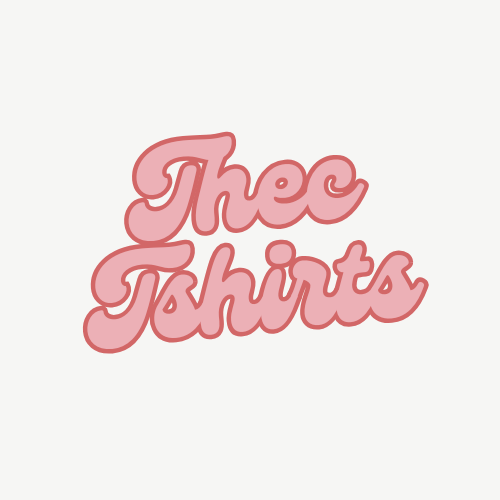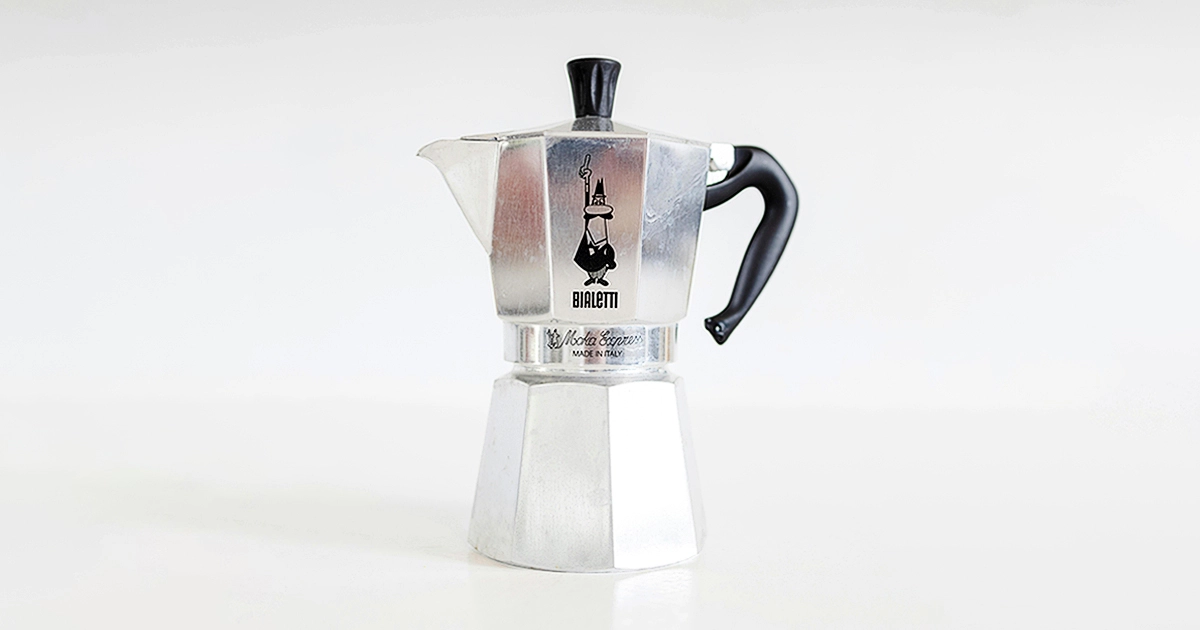Designing your own logo can be a fulfilling and creative process whether starting a new business or rebranding an existing one. The design of a logo often forms the first impression of your brand, so creating a distinctive, memorable logo that accurately captures your brand is essential. This guide will help you learn how to design your own logo with creativity and style, offering useful tips and techniques.
Understanding the Essentials of Logo Design
Before you begin designing, it’s important to grasp the fundamentals of what makes a great logo. A logo is a graphic representation of your company/brand that needs to be easy to remember, adaptable, and straightforward. Here are some essential elements to consider when you make your logo design:
Key Elements of a Successful Logo

- Simplicity: Simple logos are simpler to recall. Avoid intricate designs that can be hard to reproduce and identify.
- Relevance: The identity and core principles of your brand should be reflected in your logo.
- Versatility: A strong logo should look great across a range of media and be able to adjust to different sizes and forms.
- Timelessness: A timeless logo remains effective for many years, always going in style.
What is Branding?
The process of building and molding a brand in the eyes of consumers is known as branding, giving a specific business, product, or service meaning. It is a tactic used by a business to make it easier for consumers to recognize and interact with the brand and to prefer its goods over those of competitors.
The goal is to provide a product that consistently lives up to the brand’s promises in order to draw in and keep devoted customers as well as other stakeholders.
Steps to Design Your Logo

1. Establish Your Business Identity: To begin, determine your target market, mission, and essential values for your business. Ask yourself:
- What are the key attributes of my brand?
- Who is my target audience?
- What impression do I want to make with my logo?
2. Conduct Research: Examine the logos of other businesses in your market and determine what makes a good logo. This research will help you design your own logo that stands out and avoids common clichés.
3. Brainstorm and Sketch Ideas: Start with concept generation and paper sketches. Don’t aim for perfection at this stage; just let your creativity flow. Consider different shapes, symbols, and typography that could represent your brand.
4. Choose the Right Typography: The font you select is crucial as it sets the tone for your logo. Try using multiple fonts when creating your logo to see which one best captures the essence of what you do.
5. Pick the Perfect Colors: Colors evoke emotions and play a significant role in how your logo is perceived. Consider color psychology when designing your logo. Make sure that the colors complement your business identity.

6. Create a Digital Version: After you’ve sketched some ideas, it’s time to create a digital version of your logo. Use free alternatives or paid programs to digitally recreate and refine your sketches.
7. Seek Feedback: Once you have a digital version, get feedback from friends, family, or colleagues.
8. Test Your Logo: To make sure your logo appears nice in a range of sizes and formats, test it out on different platforms. Check how it appears on different backgrounds and whether it’s recognizable in both color and black-and-white versions.
9. Finalize Your Logo: When you’re satisfied with the design, finalize your logo by creating different versions for various uses. Save it in multiple file formats such as PNG, JPEG, and SVG, ensuring you have high-resolution and web-friendly versions.
Tips for a Creative and Stylish Logo

- Be minimalist, don’t complicate your concept.
- Avoid clichés and strive for originality.
- Ensure readability: If your logo includes text, make sure it’s easily readable, even at smaller sizes.
- Think about symmetry: Symmetrical logos often look more balanced and pleasing.
- Stay true to your brand: The character and principles of your business should be reflected in the logo. Don’t compromise your brand’s message for trends.
Tools and Resources for Logo Design

1. Hatchful by Shopify
Hatchful is a free tool that helps you design your logo with various templates tailored for different industries. It’s user-friendly and customizable.
2. LogoMakr
LogoMakr offers a simple interface to make your logo design. It includes a vast library of icons and fonts for creating logos from scratch.
3. Looka
Looka is an AI-powered tool that helps you design your logo by generating ideas based on your preferences. It offers customization options and branding kits.
4. Tailor Brands
This tool helps you design your own logo and other branding materials using AI.
5. Adobe Spark
Adobe Spark is part of Adobe Creative Cloud and is great for beginners. It provides templates and easy-to-use tools so you can design your own.
6. Gravit Designer
It’s a vector design application suitable for creating detailed logo designs.
7. Vectr
Vectr is a free vector design tool. It’s powerful yet simple, making it great for creating logos.

8. Desygner
Desygner is a graphic design tool that lets you design your own logo, banners, and social media posts.
9. Logo Foundry
Logo Foundry is a professional suite for beginners and pros. It offers over 3,000 symbols, shapes, and icons for creating unique logos.
10. BrandCrowd
BrandCrowd is an online logo maker that allows you to customize pre-made templates to make your logo unique.
11. Ucraft Logo Maker
Ucraft Logo Maker is a free tool that lets you create logos easily with a library of icons, fonts, and shapes.
12. DesignEvo
DesignEvo offers over 10,000 templates for logo design. It provides extensive customization options to create a professional logo.
13. Placeit by Envato
Placeit provides numerous templates and customization options for creating professional logos.
14. Canva Pro
Canva Pro offers advanced features for logo design. It includes additional templates, design elements, and the ability to create a brand kit for consistency.

Learning how to design your logo is a valuable skill that allows you to create a visual identity for your brand that is unique and meaningful. Remember to keep your design simple, relevant, and versatile, and don’t hesitate to seek feedback and make improvements.


